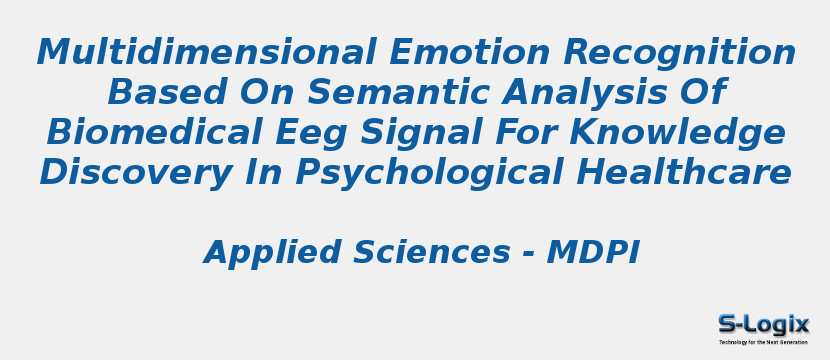Research Area: Machine Learning
Electroencephalogram (EEG) as biomedical signal is widely applied in the medical field such as the detection of Alzheimer’s disease, Parkinson’s disease, etc. Moreover, by analyzing the EEG-based emotions, the mental status of individual can be revealed for further analysis on the psychological causes of some diseases such as cancer, which is considered as a vital factor on the induction of certain diseases. Therefore, once the emotional status can be correctly analyzed based on EEG signal, more healthcare-oriented applications can be furtherly carried out. Currently, in order to achieve efficiency and accuracy, diverse amounts of EEG-based emotions recognition methods generally extract features by analyzing the overall characteristics of signal, along with optimization strategy of channel selection to minimize the information redundancy. Those methods have been proved their effectiveness, however, there still remains a big challenge when applied with single channel information for emotion recognition task. Therefore, in order to recognize multidimensional emotions based on single channel information, an emotion quantification analysis (EQA) method is proposed to objectively analyze the semantically similarity between emotions in valence-arousal domains, and a multidimensional emotion recognition (EMER) model is proposed on recognizing multidimensional emotions according to the partial fluctuation pattern (PFP) features based on single channel information, and result shows that even though semantically similar emotions are proved to have similar change patterns in EEG signals, each single channel of 4 frequency bands can efficiently recognize 20 different emotions with an average accuracy above 93% separately.
Keywords:
Author(s) Name: Ling Wang,Hangyu Liu,Tiehua Zhou ,Wenlong Liang and Minglei Shan
Journal name: Applied Sciences
Conferrence name:
Publisher name: MDPI
DOI: 10.3390/app11031338
Volume Information: Volume 11 Issue 3
Paper Link: https://www.mdpi.com/2076-3417/11/3/1338
